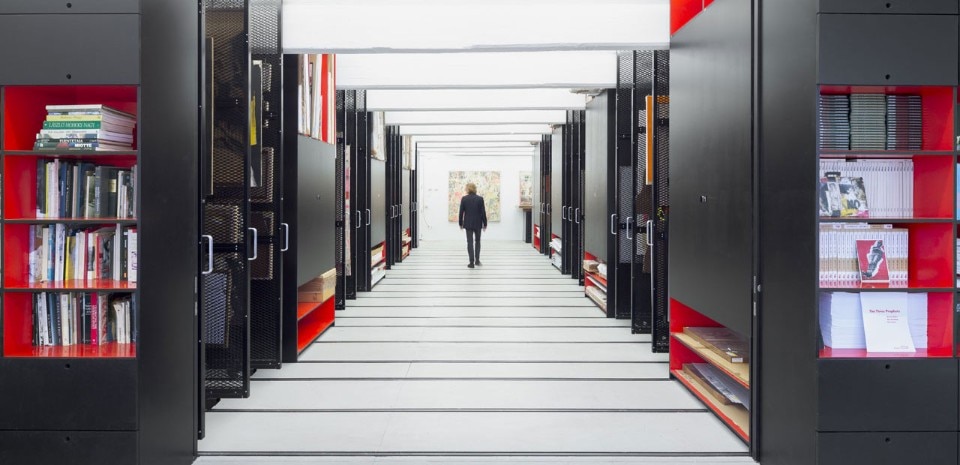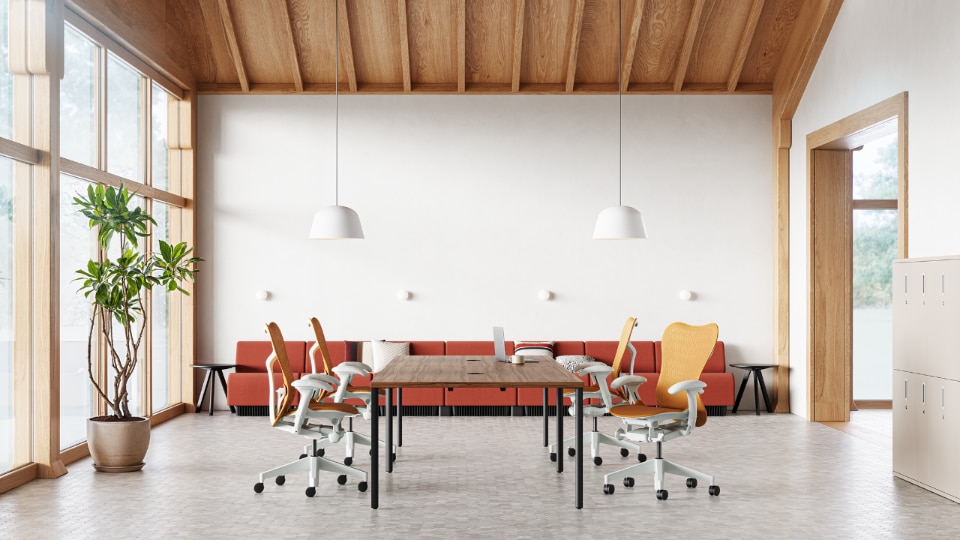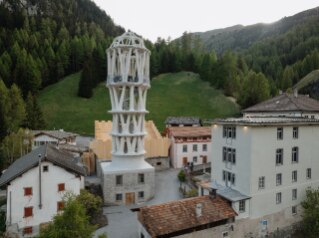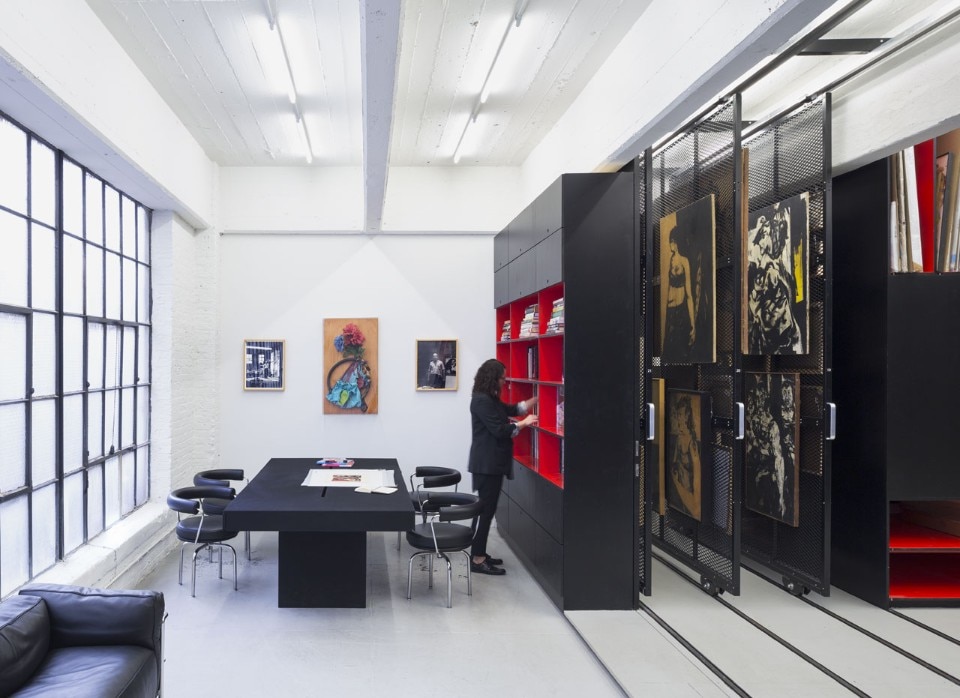
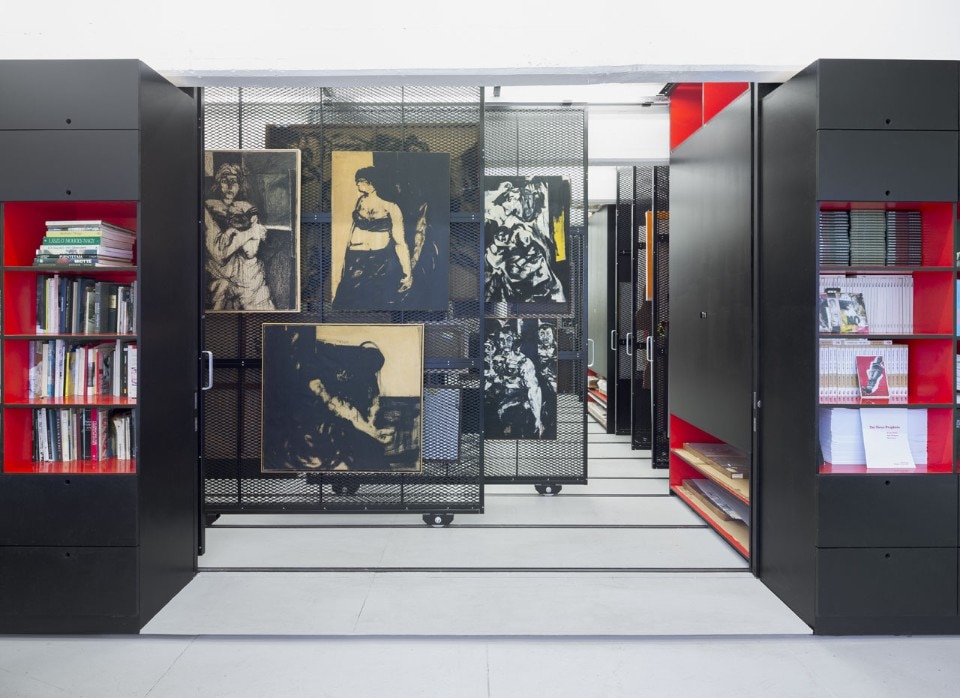
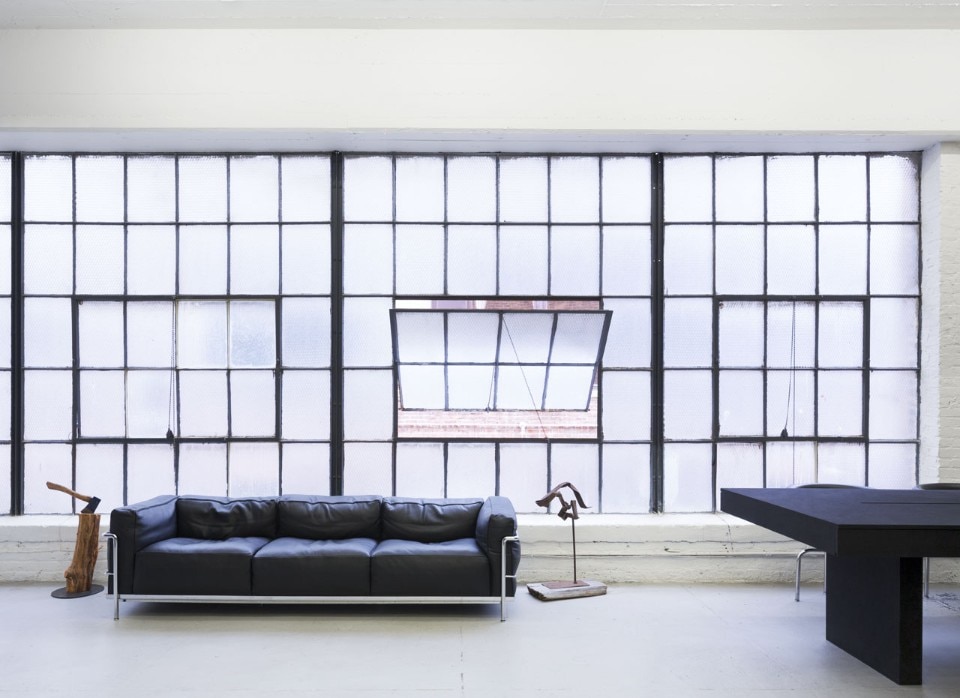
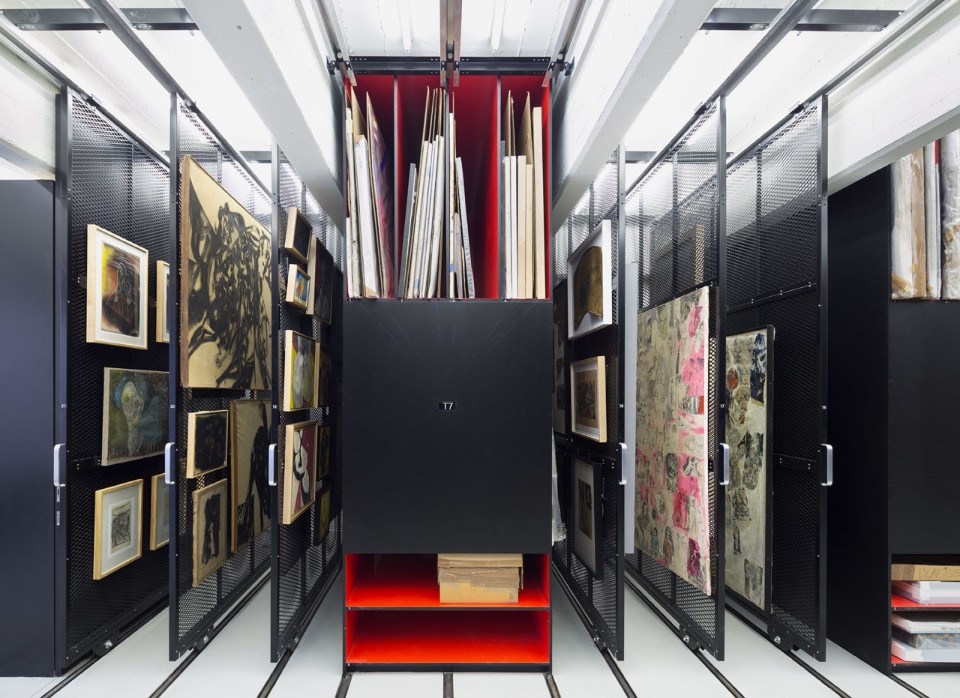
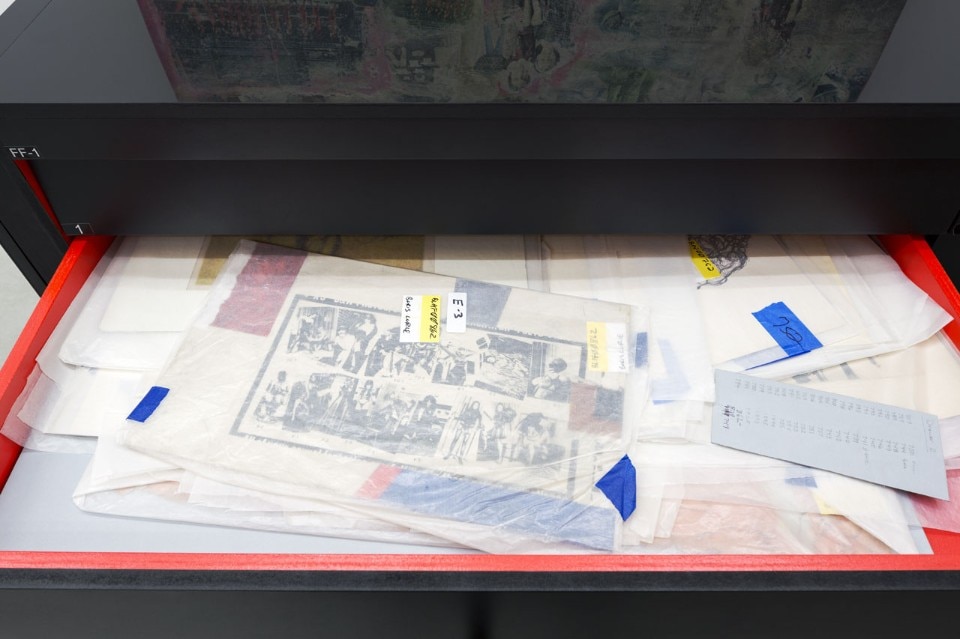
Boris Lurie Art Foundation, New York
Programme: art gallery and archive
Design: Julian von der Schulenburg

INQUADRA: DeFAVERI's seamless energy efficiency
INQUADRA is DeFAVERI's flush-mounted monoblock that cancels thermal bridges for maximum energy efficiency and a minimalist design. Easy to install and customize, it marks one of the innovations from a long-established company, now part of the ECLISSE Group.


